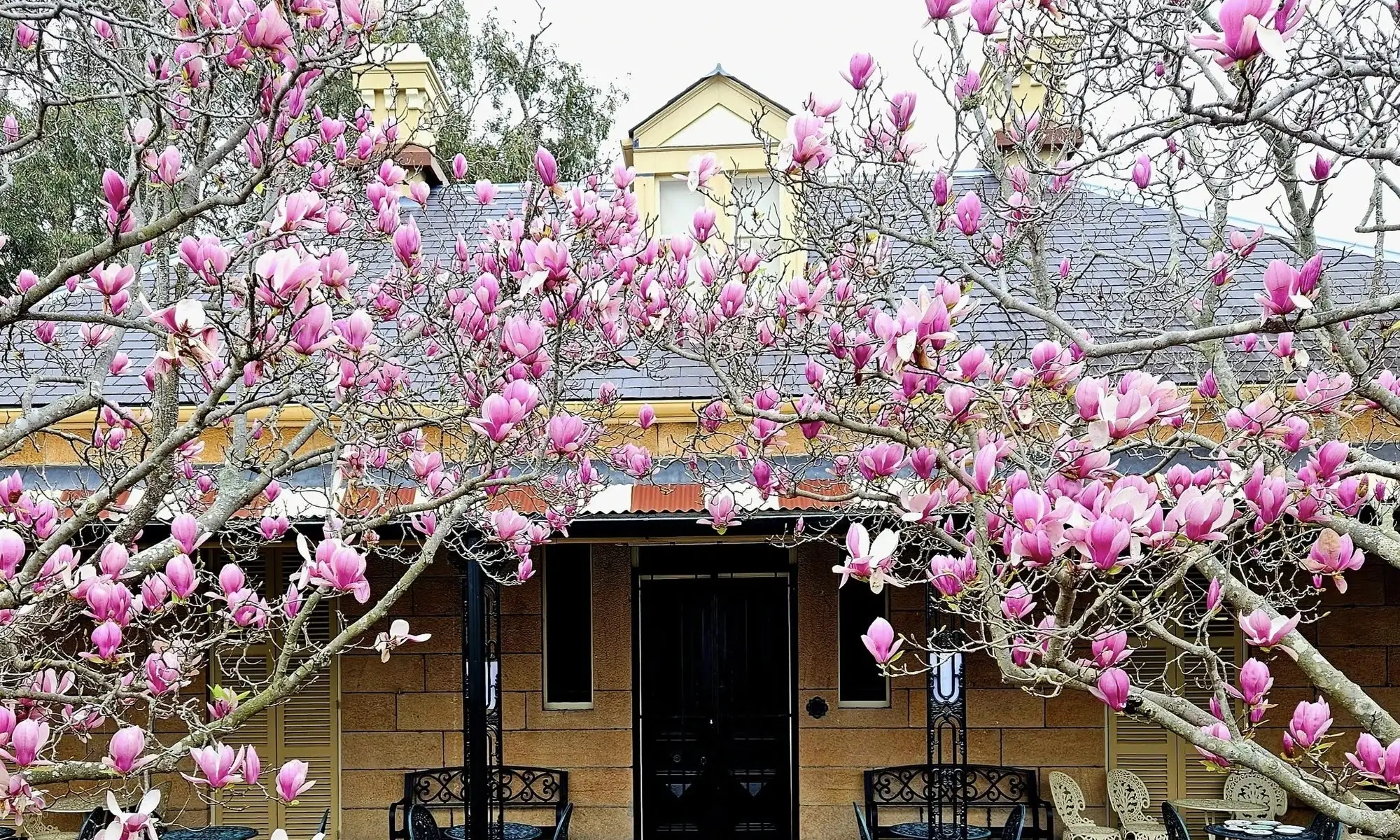by Bettye Ross For want of a name I call the small ground birds in Neville W. Cayley’s painting above the carrara marble fireplace in Lydham Hall’s bedroom, Water Hens. I don’t know if they actually are Water Hens for although I have Mr. Cayley’s Book What Bird is That? I have never taken the …
To The River – To The Forest – To King’s Grove
by Vincent Saunders With the deviation of the route of the original Rocky Point Road at Arncliffe when the present highway came into being in the early eighteen-sixties, and the Forest Road was extended eastward a short distance from the crest of Cobbler’s Pinch (now marked by the intersection of Somerville Street) to link with …
Continue reading “To The River – To The Forest – To King’s Grove”
Old Kogarah Township
by Gifford & Eileen Eardley The early settlement of the Kogarah district largely followed the route of the old established Rocky Point Road, which, as a rough bush track, had been constructed to the order of Governor Sir George Gipps, about the 1840s. The region was devoted to market gardening and the cultivation of orchards. …
A Tale of Two Ladies
by Ron Rathbone When I was eleven and in Year 6 at Carlton Public School, my father, a successful businessman, decided it was time “I learned the use of money”. I am not sure whether he attributed his success in business to the fact that when he was growing up he had been a paper …
John Murphy of “Leeholme”, Bexley and the Horse Buses
John Joseph Murphy was born at Concord, New South Wales, in 1869. He was born with a great love of horses, which was to remain with him all his life. As a young man he entered the Meat Trade, in the beginning carting meat, and gradually learning every phase of the business over several years. …
Continue reading “John Murphy of “Leeholme”, Bexley and the Horse Buses”

